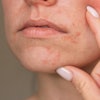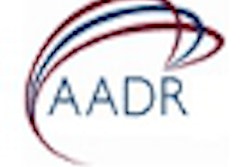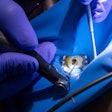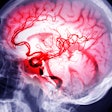
As SB 6126 enters the Senate chambers of the Washington State Legislature, it seems a shame that it is not roundly supported by both the Washington State Dental Hygienists' Association and the Washington State Dental Association.
SB 6126 and its companion bill in the house, HB 2226, were introduced in early January as revised versions of HB 1310 (defeated a year ago but automatically reintroduced in this legislative session). They would create a dental hygiene practitioner and a dental practitioner, both of whom would be allowed to provide various levels of dental care "pursuant to a written practice plan with a dentist."
Creating more venues for the safe delivery of dental care to all our citizens -- instead of the privileged few who are fortunate to have dental insurance and the financial means to access care -- is a good thing that will result in savings for our entire state.
But the tired arguments of "lack of safety" or "insufficient training" are still bandied about, rather than addressing the real issues: fear of change, and keeping up with technology that is pushing all healthcare professionals to examine how they are practicing.
The cottage industry of dentistry cannot keep up with the demand for basic dental services when most of the practices have only four operatories and set limits on their available hours. The working poor and even the middle class need evenings and weekends to complete their family responsibilities and keep their jobs; many can't find offices that are open past 5 p.m. or on weekends. They also need manageable payment arrangements and time to plan for their needed treatment.
These are the access-to-care roadblocks that we hear about most often in our dental hygiene clinic -- not people seeking unrealistic dental outcomes or free dental care. They want to be free from dental pain and keep their teeth, and they are willing to spend time and money to achieve these goals. Anyone who comes to a dental hygiene program clinic like what we offer at Columbia Basin College has to be patient, and they pay for their care. We are not equipped, however, to continue to be the only dental safety net for our community. A dental practitioner or dental hygiene practitioner could help us meet the restorative needs of these patients in a cost-effective way.
The future of the professions of dentistry and dental hygiene must continue to change and evolve to remain viable and free from government mandates. Midlevel providers are one step in the right direction, but equally important is the development of a collaborative effort between dental and medical professionals to assess and deal with the oral-systemic health link. Now is the time to come together and develop protocols for evaluating and educating patients about diabetes, diet, and cardiovascular disease so that the aging population in our country can become more proactive and accountable for their health.
The more people we can reach with this information, the better chance we have of positively impacting our overloaded and inefficient healthcare system and creating real and lasting change.
Editor's note: On February 6, SB 6126 passed out of a Senate committee with minor changes. Supporters have less than 10 days to get it passed in the Senate and then sent to the House for review.
Lynn Stedman, RDH, is president of the Washington State Dental Hygienists' Association and director of the dental hygiene program at Columbia Basin College.
The comments and observations expressed herein do not necessarily reflect the opinions of DrBicuspid.com, nor should they be construed as an endorsement or admonishment of any particular idea, vendor, or organization.



















